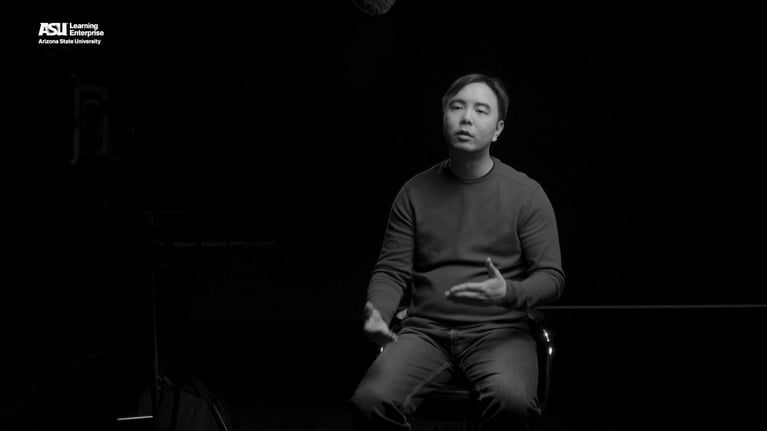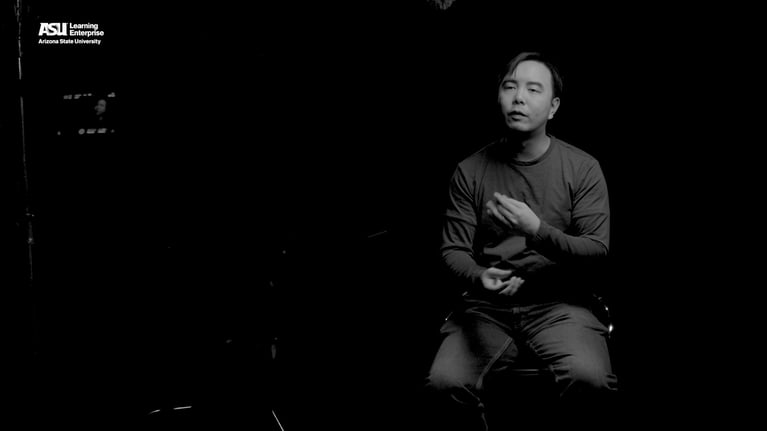There is a variety of 3D modeling software available to create virtual worlds. From Autodesk Maya to Blender to Adobe Substance, they all help to sculpt and design surfaces to bring them to life in the virtual world you are creating. 3D software is so advanced that it opens a world of possibilities when it comes to creating a virtual world beyond your imagination.
The objects in virtual worlds create a rich environment for users to interact and explore.
You can architect your own virtual worlds by sculpting them in 3D software, sourcing digital 3D assets, or even scanning objects to create 3D assets from your physical world.
What it boils down to is creating or capturing the mesh geometry that determines the surface, and mapping out how the textures should land on the mesh. There are lots of digital tools to do this, including Autodesk Maya (which is well-known in the film industry) or even free and open-source software like Blender to sculpt the geometry and then software such as Adobe Substance 3D to paint the surfaces.
Alternatively, there are asset packs available that include objects that you can use. The assets come in all kinds of different art styles and levels of detail. These asset packs - both paid and free - can be found on various different 3D asset stores online. They give you ready-made assets that you can then overlay with your surface designs and contextualize in the world you are creating.
Or, using photogrammetry tools, you can combine several 2D images of objects and rooms captured from multiple angles into 3D mesh models. This involves taking pictures of an environment, and feeding it into specialized software, such as Agisoft Metashape or Reality Capture to turn these images into 3D models. This gives you an opportunity to closely control the environment you want to render into virtual space.
Using Unity Engine or Unreal Engine (or other game engine editors), scene designers can place these 3D objects in relation to one another, and add lights, sounds, and other objects into the environment. Whether sculpted, scanned, or sourced, these asset files allow you to assemble your scene from these 3D objects to create virtual worlds that code can then open for exploration.


